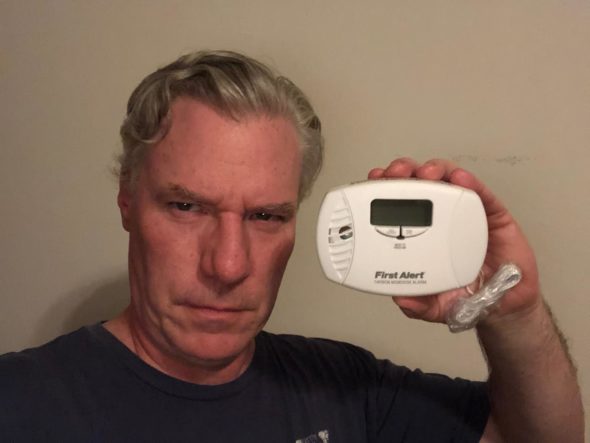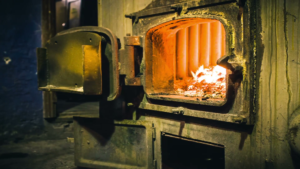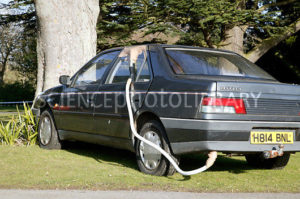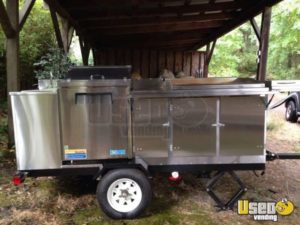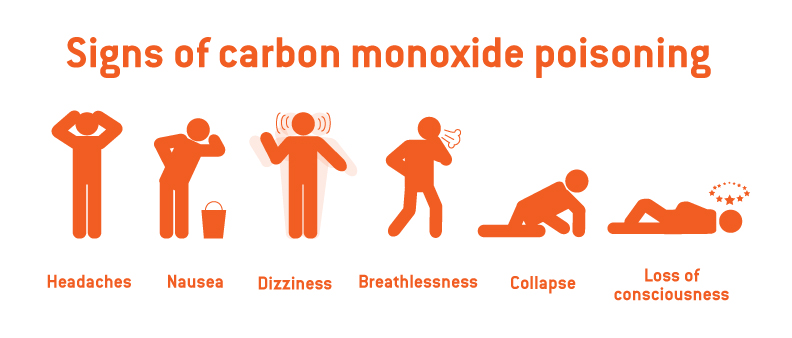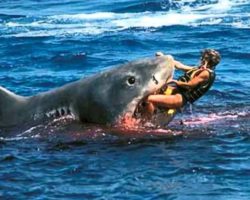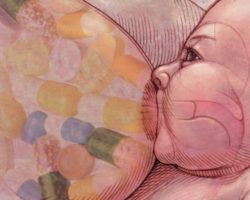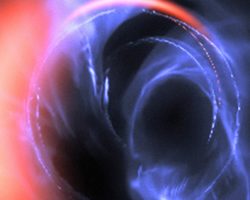Carbon Monoxide Poisoning | Taco Stand Generator Creates Toxic Gas 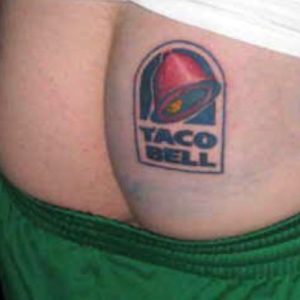
Carbon monoxide poisoning caused by the propane tank of a taco cart parked too close to the entrance of a building poisoned several dozen people in Northern Colorado.
Really tragic story out of Greeley, CO, a lovely little town in the the heart of the Rockies, about 50 miles north of Denver. Someone was operating a taco truck too close to a building (the CDC recommends any fuel burning machine or generator to be at least 20 feet from any building) and the carbon monoxide-rich exhaust leaked into the building where a party or event of some kind was happening. Several dozen people developed pretty serious carbon monoxide poisoning – although no-one appears to have been killed.
https://www.thedenverchannel.com/news/local-news/27-in-greeley-treated-for-carbon-monoxide-poisoning
This is the building that housed the event in Greeley
As we have noted before in previous blogs, carbon monoxide (abbreviated CO) is an odorless, colorless gas that is released via the incomplete combustion (burning) of organic materials (basically, anything containing carbon). When carbon combines with oxygen, 2 different gases can form – when there is plenty of air (oxygen) around, the carbon can combine with 2 oxygen atoms to form carbon DIoxide (CO2). When there isn’t enough air (oxygen) around, the carbon that is liberated from carbon-based fuel (like wood, charcoal, coal or gas) combines with just one atom of oxygen to form carbon MONOxide (CO).
 Smoldering embers from a furnace and carbon-based fossil fuels that incompletely burn create CO. Running a hose from the exhaust pipe into an airtight car is a common method of suicide. An exhaust pipe that is clogged by snow is a common source of carbon monoxide poisoning.
Smoldering embers from a furnace and carbon-based fossil fuels that incompletely burn create CO. Running a hose from the exhaust pipe into an airtight car is a common method of suicide. An exhaust pipe that is clogged by snow is a common source of carbon monoxide poisoning.
Propane is a common source for carbon monoxide poisoning including this used taco cart for sale in California
Why is this important? Well, CO2 at low levels, is harmless. It’s everywhere in our environment. The only time CO2 becomes an issue is when it becomes the predominant gas in an enclosed space and displaces the normal air in a room. So a person that is trapped in a locked room with some carbon dioxide generating machine would only develop symptoms when the CO2 level in the room rose to such a high concentration that the normal, oxygen and nitrogen containing air was displaced by the CO2 and the individual suffocated (because human beings can’t breathe CO2 – we can’t utilize the oxygen in the molecule).
Carbon monoxide (CO), on the other hand, is deadly at very low concentrations (0.1% or about 1000ppm). Each red blood cell in your body contains iron-based hemoglobin molecules, which can pick up 4 oxygen molecules in your lungs and delivers it to the rest of your body. The iron in your hemoglobin LOVES to bind to CO, even moreso than regular oxygen – it’s attraction to the CO is about 200 times stronger than regular oxygen. Each CO molecule that is picked up by the hemoglobin causes a conformational change in the hemoglobin molecule, making it easier for more CO to bind and more difficult for oxygen to bind. Fetal hemoglobin is even MORE attracted to carbon monoxide, and the effects on the developing fetus are devastating.
Very quickly, enough of the hemoglobin molecules are inactivated and the patient begins to suffer the effects of sudden, acute anemia and low oxygen tension – headache, dizziness, nausea, blurred vision, weakness and confusion which very quickly leads to loss of consciousness, seizures, coma and death. Treatment requires re-establishment of a rich supply of oxygen and supportive care in a hospital. The most effective way to get lots of oxygen into a patient is to put them in a hyperbaric oxygen chamber and “dive” them to 2.5 atmospheres of barometric pressure to “force” the oxygen into the blood and saturate the muscles and fat and heart and brain tissues of the victim. Even if patients survive the poisoning, they are often left with long-standing brain damage and neurological injury.
The dizzy guy looks like he might actually be having fun.
I’ve Gotta wonder why the carbon monoxide detectors in the building next to the taco truck failed to alarm – unless there WEREN’T any carbon monoxide detectors in the building or worse – they had been disabled. I don’t know about you, but I travel with a carbon monoxide detector. They are small enough to fit in a carry-on, they are inexpensive (a perfectly good one costs around $15) and they can absolutely save your life. Terrifyingly, the laws surrounding hotel and motel requirements to have CO detectors are very spotty and many states only require hotels to have CO detectors near the furnace or in the hallway outside rooms. There is no law anywhere in the country that requires hotels to keep CO detectors inside rooms.
That’s ok – I bring my own. I’m not going out that way! Neither should you!





